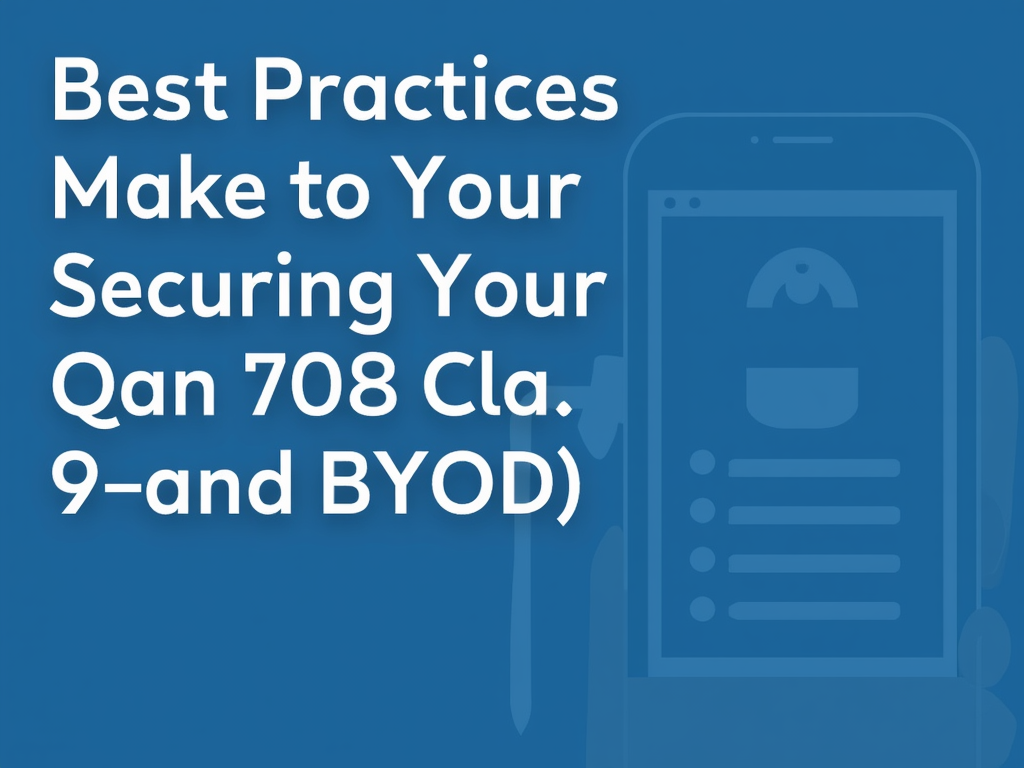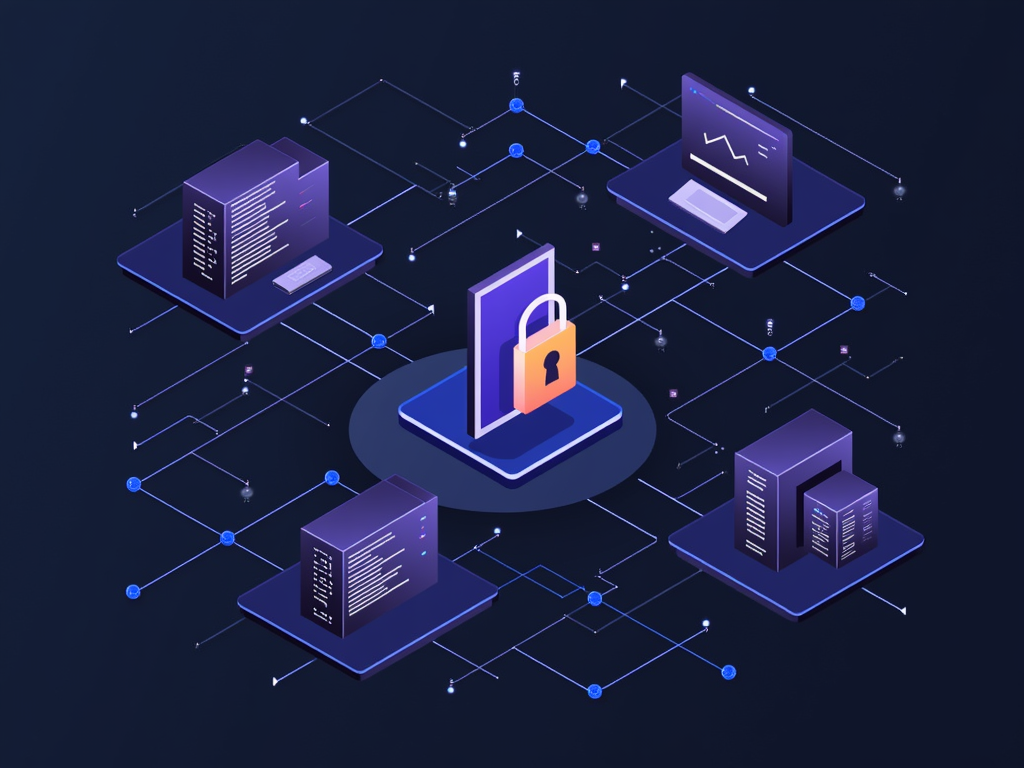How to Use Cloud-Based Collaboration Tools with Security Measures
In today’s fast-paced digital age, cloud-based collaboration tools have become an essential part of many businesses and organizations. These tools enable teams to work together seamlessly, share files, and access information from anywhere, at any time. However, as with any technology that relies on the internet, there are inherent security risks involved.
In this article, we will explore how to use cloud-based collaboration tools while maintaining robust security measures to protect your organization’s sensitive data.
Why Cloud-Based Collaboration Tools?
Cloud-based collaboration tools have revolutionized the way teams work together. With these tools, team members can:
- Share files and collaborate on projects in real-time
- Access information from anywhere, at any time
- Reduce email clutter by minimizing back-and-forth communication
- Increase productivity and efficiency
The Risks of Cloud-Based Collaboration Tools
While cloud-based collaboration tools offer many benefits, they also present several security risks. These include:
- Data breaches: Sensitive data can be compromised if not properly encrypted or stored.
- Insider threats: Authorized users with malicious intentions can compromise your organization’s data.
- Unsecured connections: Public Wi-Fi networks and untrusted networks can put sensitive data at risk.
Security Measures for Cloud-Based Collaboration Tools
To mitigate these risks, it is essential to implement robust security measures when using cloud-based collaboration tools. Here are some best practices:
1. Choose a Secure Cloud Provider
Select a cloud provider that has a strong track record of security and compliance with industry regulations. Look for providers that have:
- Data centers located in secure facilities
- 24/7 monitoring and incident response
- Compliance with major regulatory frameworks (e.g., HIPAA, PCI-DSS)
2. Implement Strong Authentication
Use strong authentication mechanisms to ensure only authorized users can access your cloud-based collaboration tools. This includes:
- Multi-factor authentication (MFA)
- Single sign-on (SSO) for seamless login
- Biometric authentication (e.g., facial recognition, fingerprint scanning)
3. Encrypt Data at Rest and in Transit
Ensure that all data stored in the cloud is encrypted at rest using algorithms like AES-256. Additionally, use end-to-end encryption when transmitting data between devices or within your organization.
4. Monitor User Activity and Behavior
Implement user behavior analytics to detect suspicious activity and alert security teams. This includes:
- Monitoring login attempts and failed logins
- Tracking file access and modifications
- Detecting unusual network activity
5. Regularly Update and Patch Software
Keep all software, including cloud-based collaboration tools, up-to-date with the latest patches and updates. This ensures you have the latest security fixes and features.
6. Implement Role-Based Access Control (RBAC)
Use RBAC to restrict access to sensitive data and features based on user roles and responsibilities. Ensure that only authorized users can:
- Access specific folders or files
- Perform certain actions (e.g., editing, deleting)
- View sensitive information
7. Conduct Regular Security Audits
Perform regular security audits to identify vulnerabilities and weaknesses in your cloud-based collaboration tools. This includes:
- Penetration testing (pen testing) for vulnerabilities
- Compliance with industry regulations and standards
- Reviews of user behavior and activity
Conclusion
Cloud-based collaboration tools can greatly enhance productivity and efficiency, but it is essential to prioritize security when using these tools. By implementing the security measures outlined in this article, you can protect your organization’s sensitive data from cyber threats.
Remember, a secure cloud-based collaboration environment is one that:
- Has robust authentication mechanisms
- Encrypts data at rest and in transit
- Monitors user activity and behavior
- Regularly updates and patches software
- Implements role-based access control (RBAC)
- Conducts regular security audits
By following these best practices, you can ensure a secure and collaborative work environment for your team.



